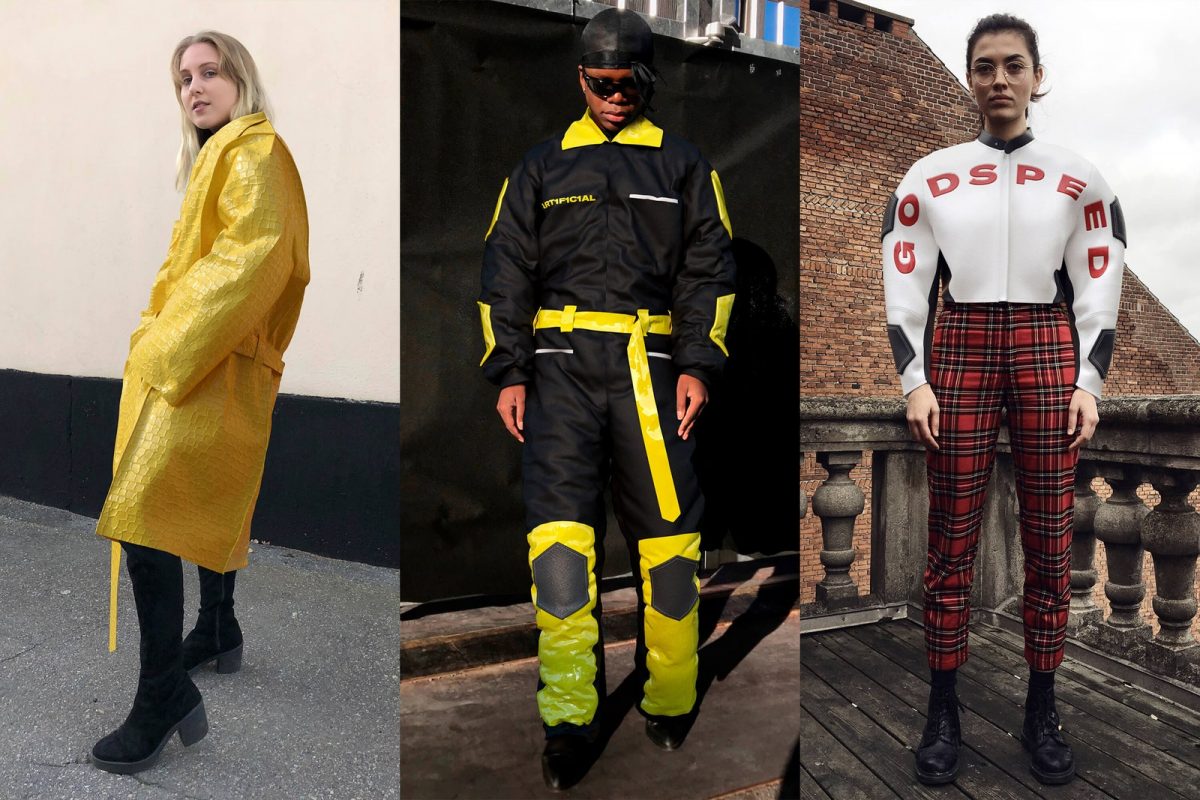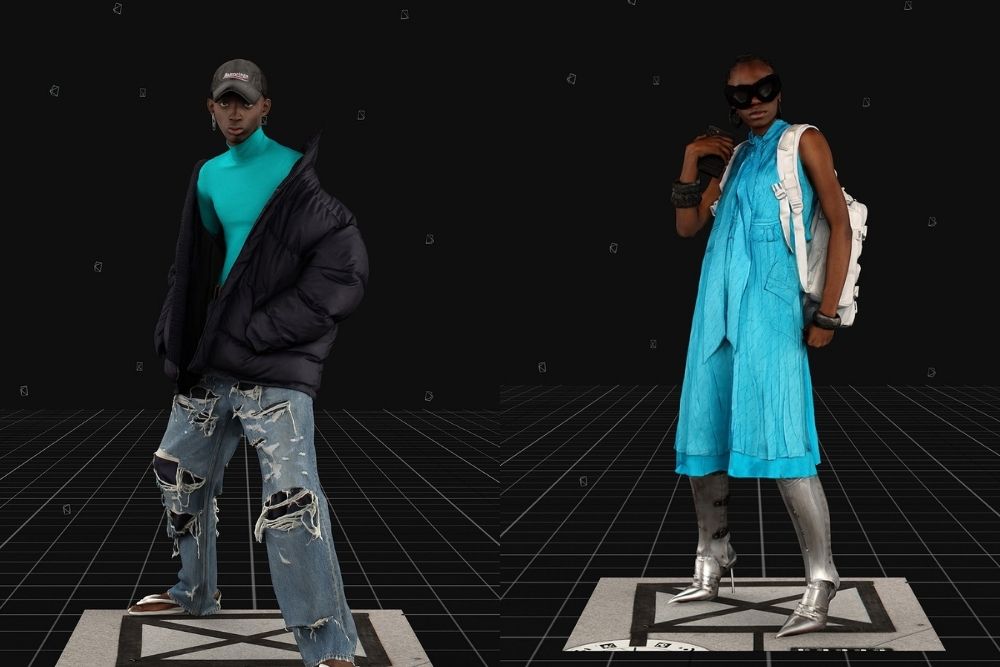Digital fashion meets at the intersections of couture and video games. Now It gives anybody the opportunity to become their own Final Fantasy character. Is this the future of fashion?

What is Digital Fashion?
Wearable fashion is moving into the digital realm in a bid to slow down fashion wastage and encourage sustainability. To illustrate, digital fashion is the ability to design, wear and collect garments in digital spaces. But it isn’t exactly what you’d expect. Companies like DressX prompt consumers to purchase clothing and then submit a photo to have it applied to.
The process goes a little something like this:
- Take a picture of yourself;
- Choose a product from the website;
- Upload your picture;
- 3D tailor adjusts your picture to feature your new purchase;
- Share on social
This process allows for a lot more opportunity to wear clothing that is unattainable in the physical realm, this is its biggest appeal. To have consumers wear a costume and live out their own video game fantasy.
The Beginning of Digital Fashion
The idea of digital clothing has been around for a few years. Most notably in 2016, Lightning, the leading female character in the best-selling PS3 game Final Fantasy XIII stunned audiences as the model for Louis Vuitton’s Spring-Summer campaign. This was a first in the world of fashion, where digital culture collided with high fashion designs in an unprecedented way to experience clothing. From this point onwards the fashion industry has adopted digital functionality into its collections. With many high fashion brands like Prada, Balenciaga and Moschino presenting digital runways in their SS21 season.
The production of digital clothing became the next logical step in the digital fashion realm. With the rise of NFTs and digital artistic production in 2020-21, the world saw the rise of digital wearables with DressX leading the charge. The company rose to become the largest NFT market for fashion and is continuing to expand and develop –into the metaverse.
AR Dress-ups and the Metaverse

Concepts surrounding digital fashion production are largely centred around the conversation of minimal production output and the potential for creative expression. It’s no surprise that the digital fashion market is moving into the metaverse. The objective is to expand fashion by giving people the potential to explore their wardrobes entirely digitally.
To create a metaverse that functions as a platform for collecting and digitally archiving unique pieces, NFTs become an integral part of its functionality. A ‘non-fungible token’ (NFT) is an entirely unique piece of data that is stored digitally. It lays the economic groundwork for digital atelier’s design work. And it’s changing the face of fashion as we know it.
We can begin to see metaverse unfolding now. In 2020, Demna Gvasalia engineered Balenciaga’s own video game “Afterworld: The Age of Tomorrow”. It’s a game intended to showcase their Fall 2021 collection. This game lets players walk around a world in which they play as a character donned in meticulously crafted digital garments. In this world you play as your own fashion icon, strutting the streets like Kaia Gerber.
With the adoption of digital fashion, we’ll see worlds merge together as gamers and fashionistas contribute to the burgeoning force that is the metaverse. Within this rapidly expanding market clothing will become a part of digital memorabilia, facets of the digital age and relics of creative innovation.
Subscribe to FIB’s Weekly Breaking News Report for your weekly dose of music, fashion and pop culture news!






